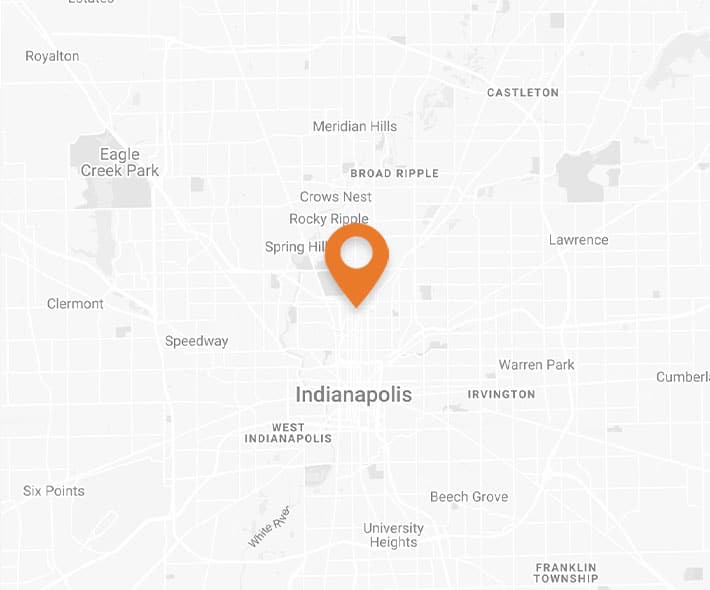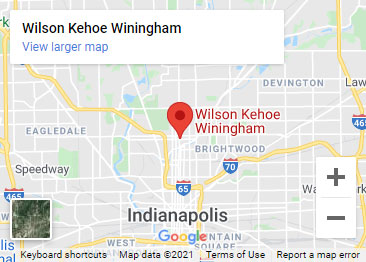Six Types of Evidence to Collect for Personal Injury Claims
Updated October 21, 2024 | By Wilson Kehoe Winingham staff
The most important part of any legal case? Evidence.
In personal injury lawsuits, you must prove negligence on the part of the other party. Gathering a large quantity of high-quality evidence is a crucial part of building a strong case.
Types of Personal Injury Evidence
To best prepare for a personal injury claim, you need to identify, collect, and preserve evidence.
Physical Evidence
Physical evidence can include a multitude of items, depending on your case. Torn or bloodied clothing, for example, can tell a story of your injury.
Receipts and insurance documentation are important, too. If you had to purchase a wheelchair, crutches, or ramp to help you maneuver after your injury, add the receipts to your evidence collection.
Photographs
Photographs are key to documenting the scene of the accident and your injuries. Most cell phones today have digital cameras that you can use to gather evidence, so take advantage.
When taking photos, keep these tips in mind:
- Take photos of your injuries and the accident scene
- Take several photos from different angles
- Consider taking videos where applicable
- Make sure the time and date are represented on the print photos or on the digital file
- Return to the scene at around the same time of day as your accident to replicate conditions
Personal Narrative
As soon as possible after your injury, write down everything you remember about what happened. Use your own words, and don’t leave any details out.
Your description of your injury can help your attorney understand the exact circumstances surrounding the incident. A written narrative can also help you recall details at a later date.
Witness Statements
A list of witnesses and their contact information allows your attorney to interview them about what happened. At the scene, and when you later return, look for people who saw (or could have witnessed) what happened. They may also know of similar accidents that occurred before yours. Get their information for safekeeping.
Medical Records
Medical records document your injuries and can include bills, receipts, diagnosis reports, lab results, or discharge instructions. You and your personal representatives have the right to access and obtain copies of your medical records.
Request your medical records as soon as possible, and add them to your evidence.
Police Reports
Not all personal injury cases will have been recorded in a police report. When applicable, though, they are a crucial piece of evidence that can help build your case. Police reports are often inadmissible in court, but they can be helpful in settlement negotiations.
You can request a copy of a police report by contacting the police department or law enforcement office.
Preserving Evidence
While it is important to gather as much high-quality evidence as possible after a personal injury, it is equally vital to preserve the evidence you have collected.
Physical evidence can get lost or deteriorate. Weather and time can impact the scene of your injury. A damaged staircase or broken traffic light could be repaired. Do your best to preserve evidence exactly as it was at the moment you were injured.
Contact a Personal Injury Attorney Today
If you or a loved one have been injured as a result of someone else’s negligence and are considering pursuing a personal injury lawsuit, contact a personal injury lawyer in Indiana from Wilson Kehoe Winingham. The lawyers at WKW can help you get the compensation you deserve.
Call 317.920.6400 or fill out an online contact form for a free, no-obligation case evaluation.
Contact Us
Let WKW put our experience to work for you. Contact us for your free case evaluation.
Or, call us today at (317) 920-6400


